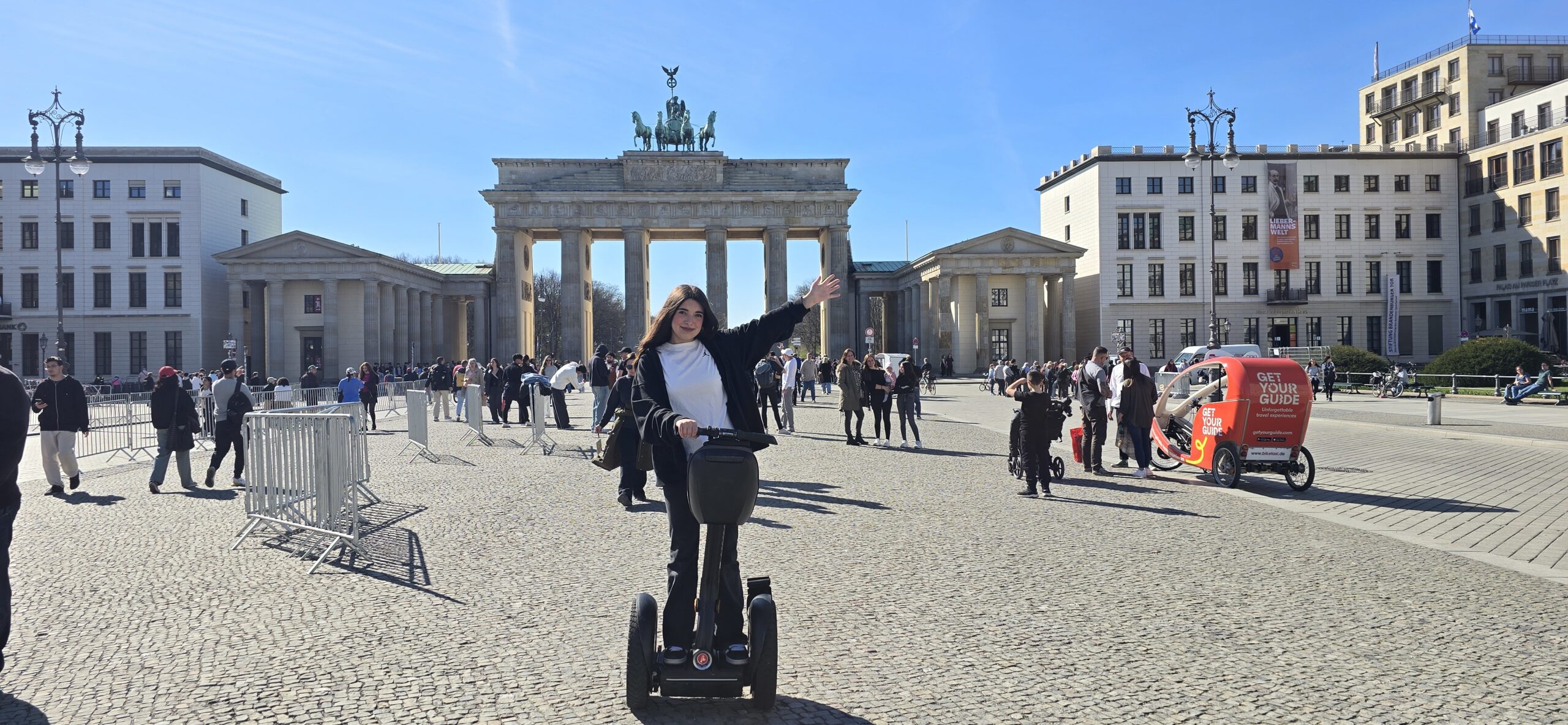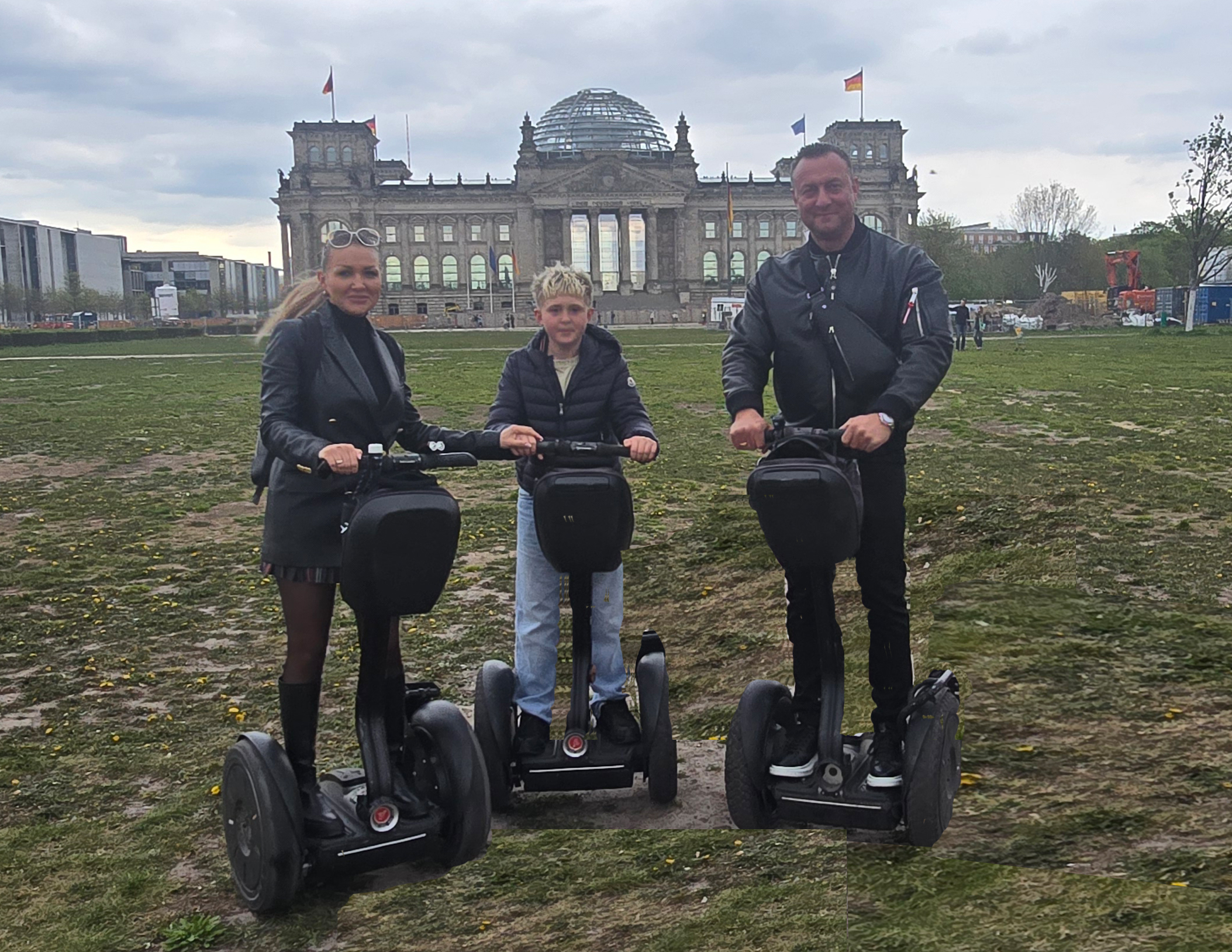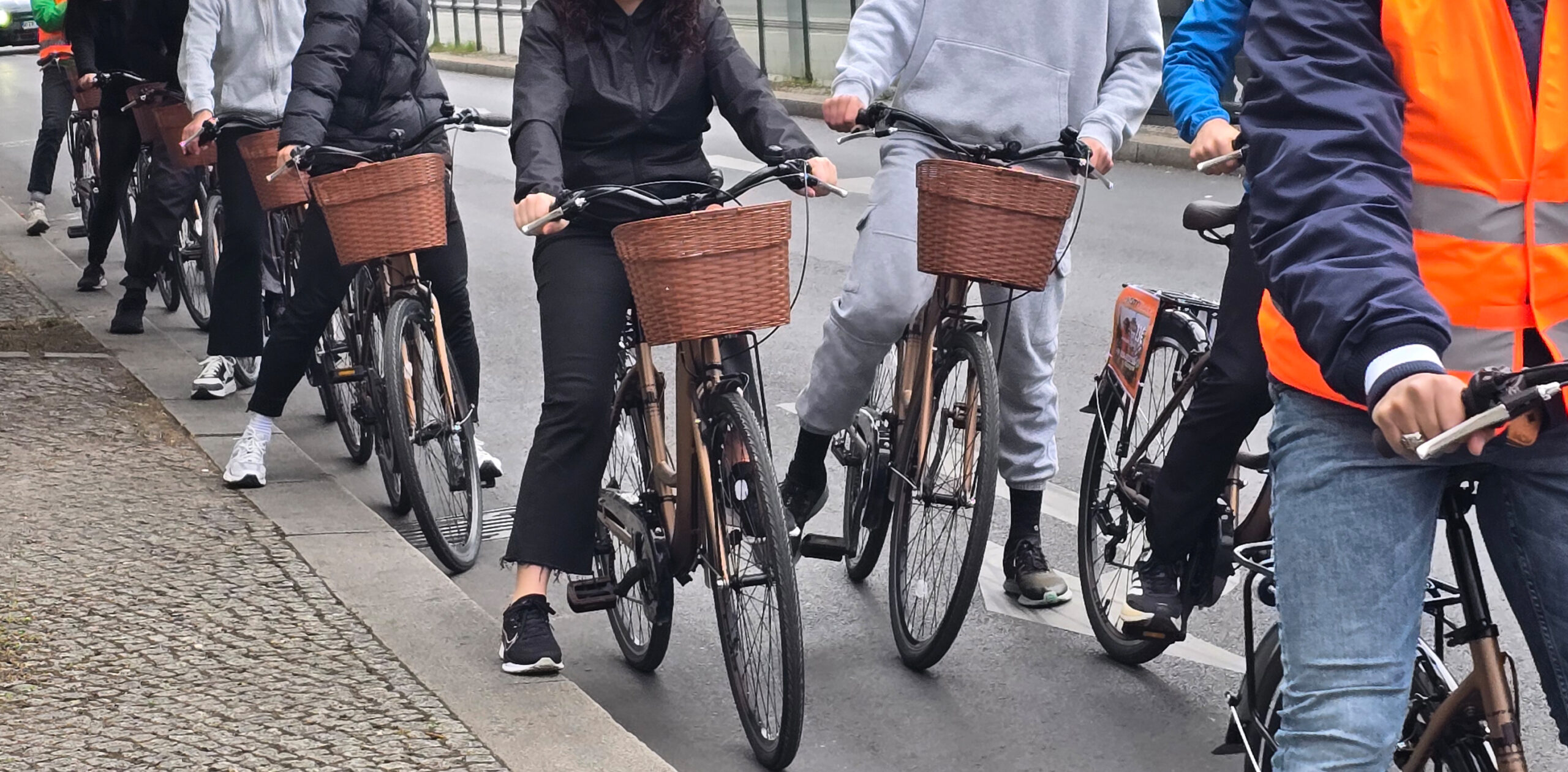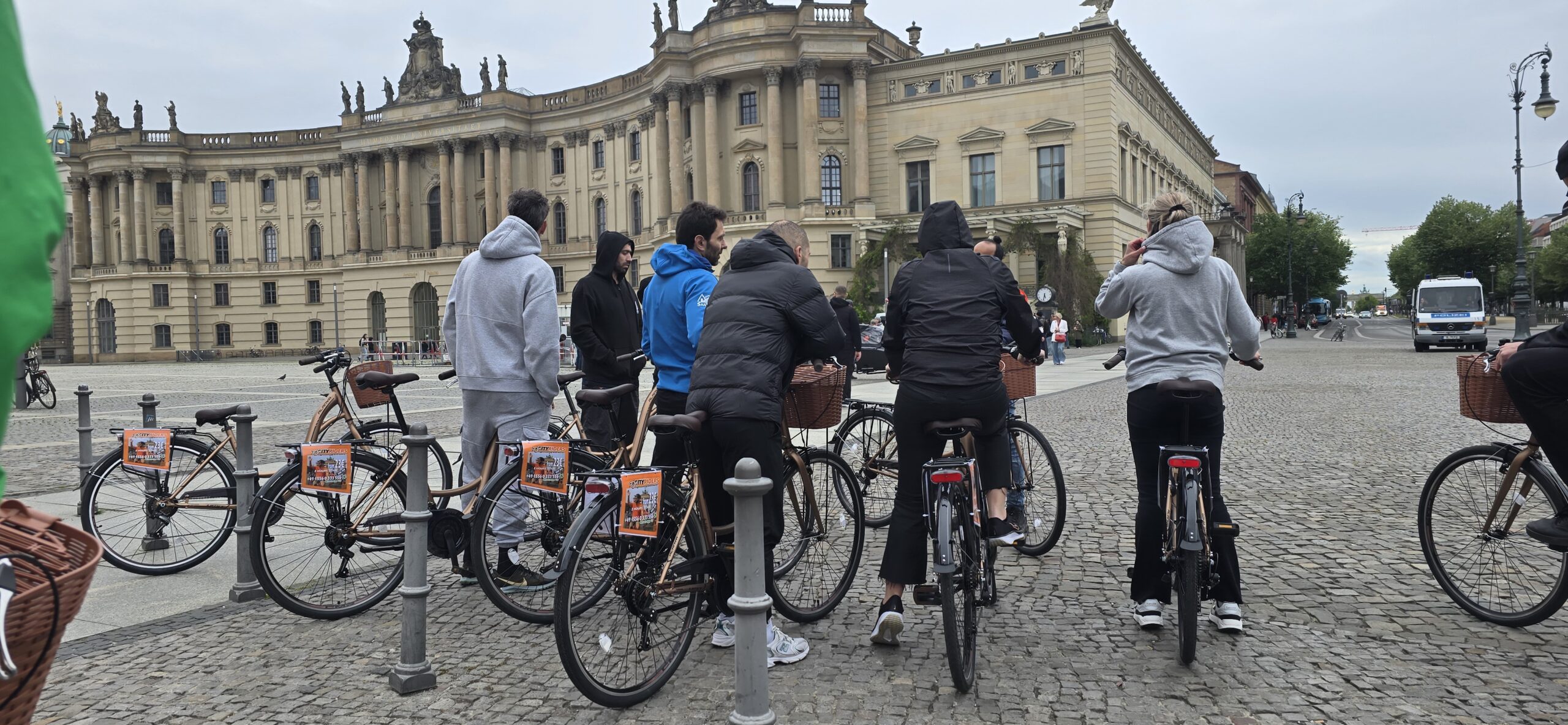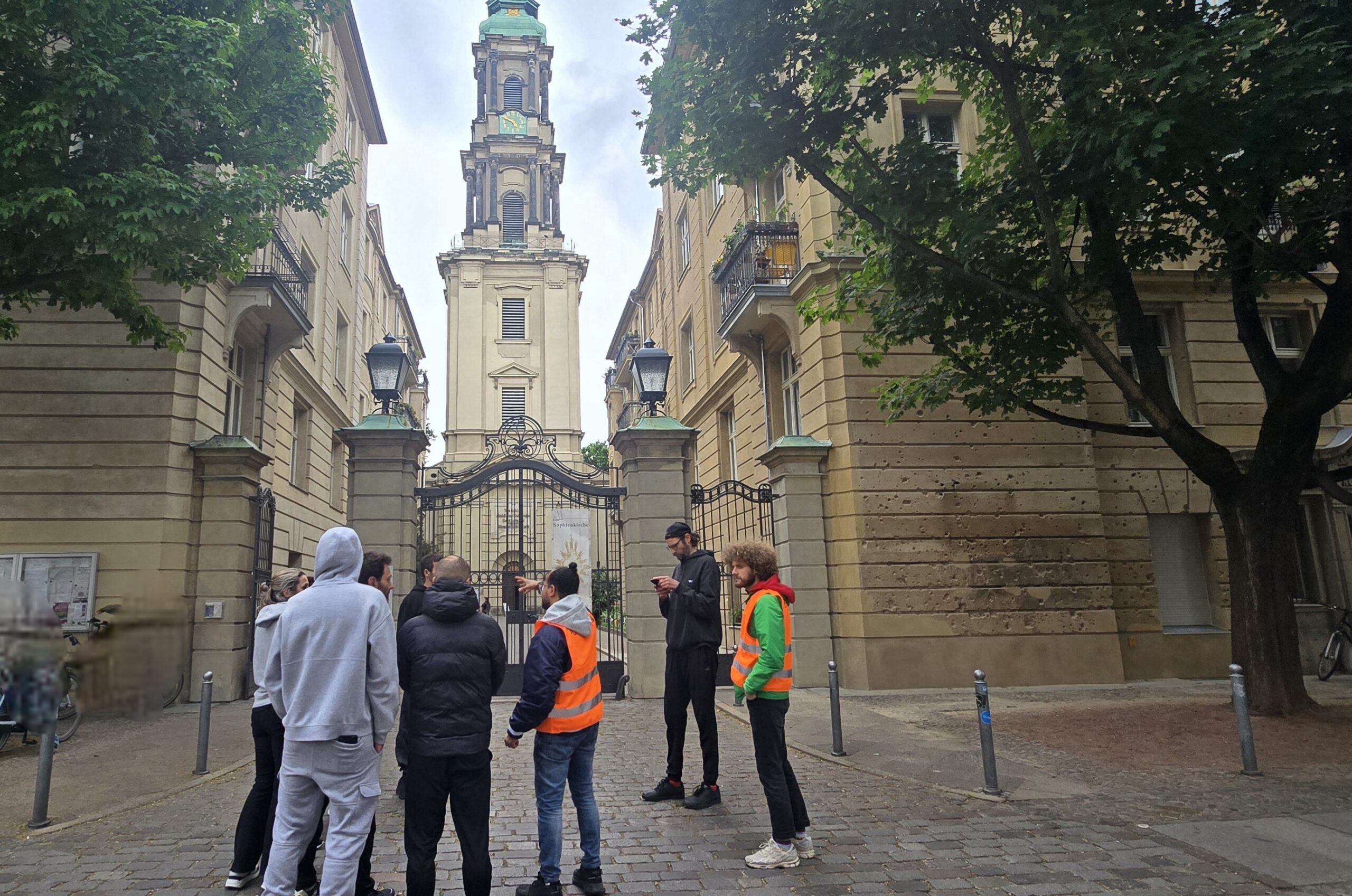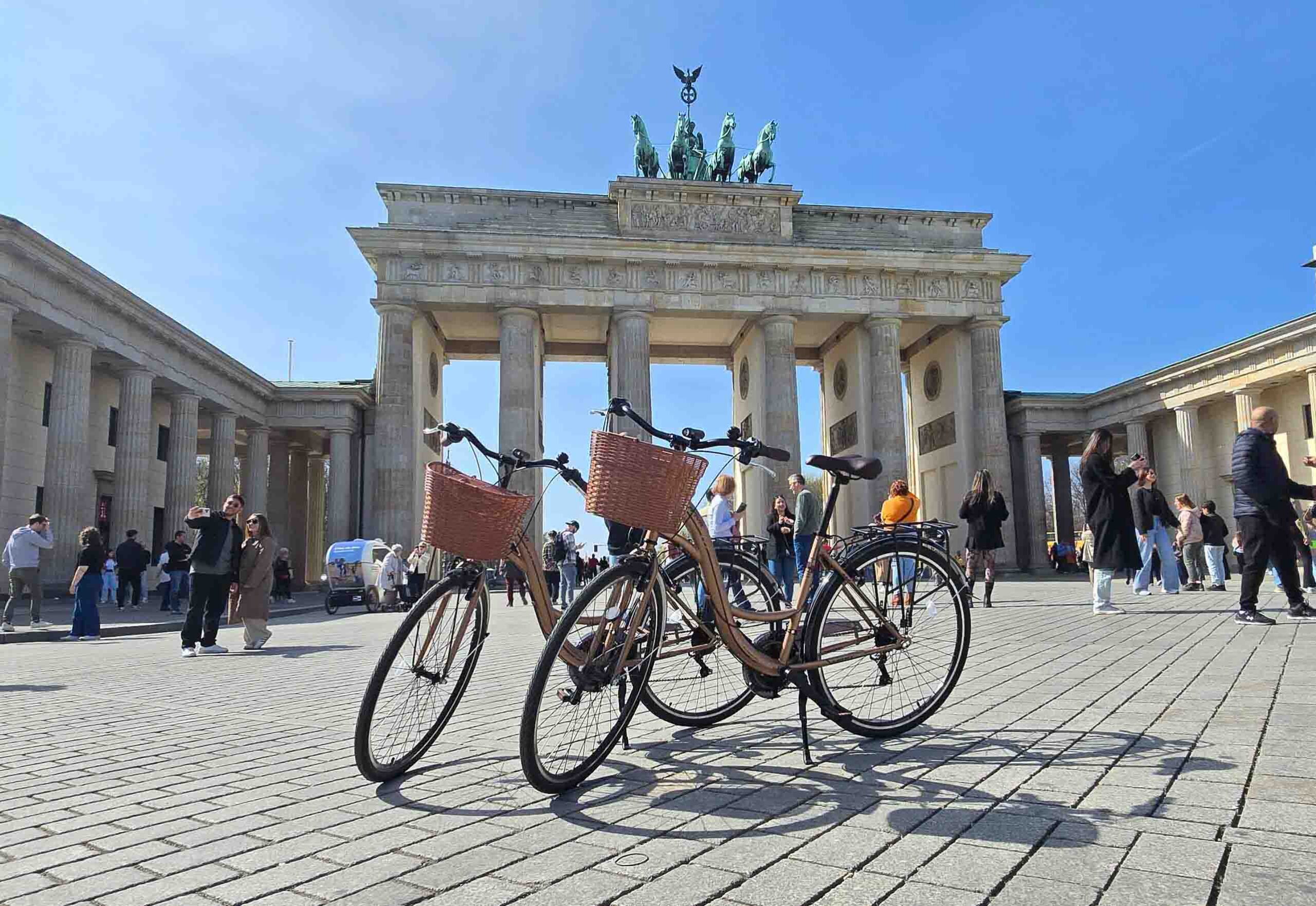Berlin: Guided Bike Tour – In the Heart of the City – The Grand Tour of Berlin’s History & Highlights (Public Tour)
Enjoy a historical bike tour through Berlin’s imperial era and Cold War past.
Explore the former Berlin Wall route, Checkpoint Charlie, and the government district – where history comes alive up close. This tour combines fun with knowledge and offers you a unique perspective on Berlin’s com plex past.
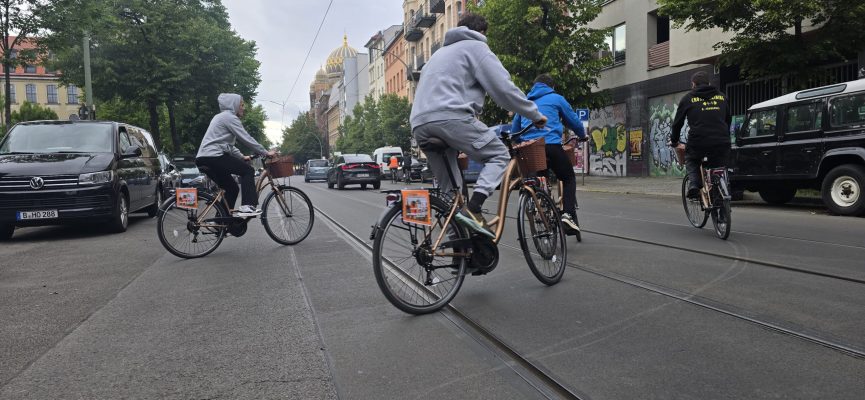
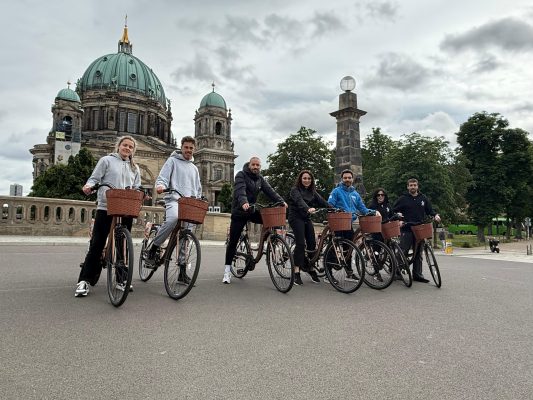
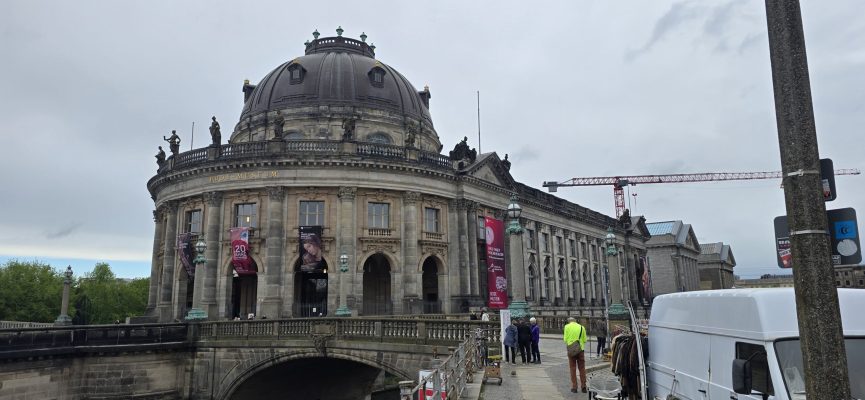
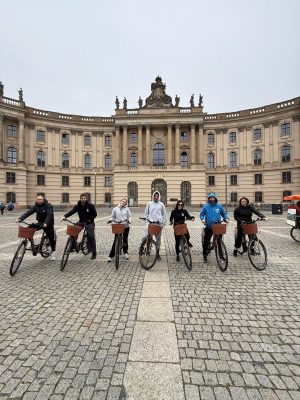
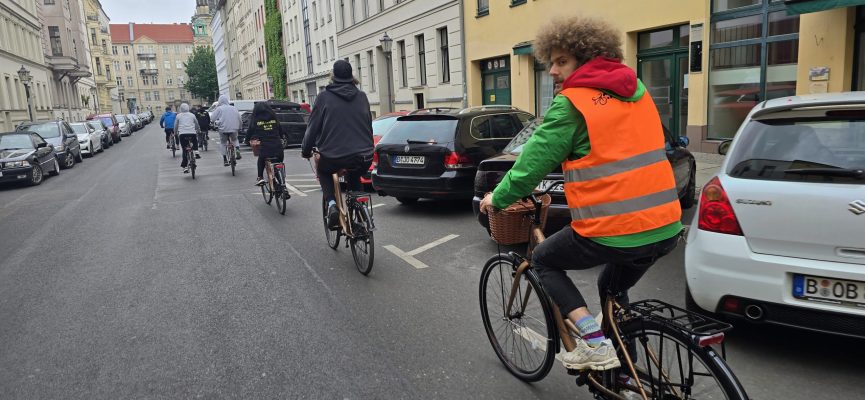
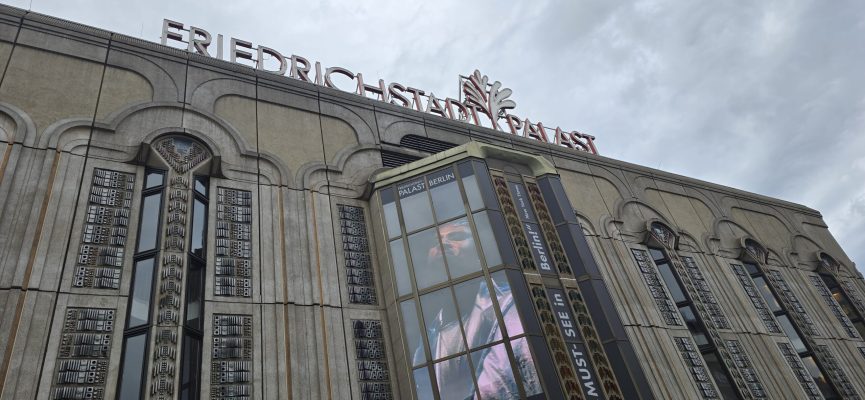
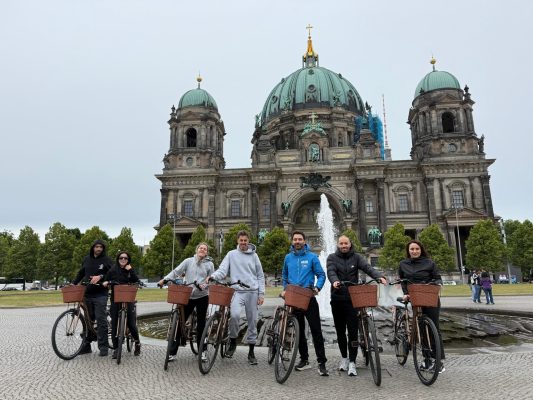

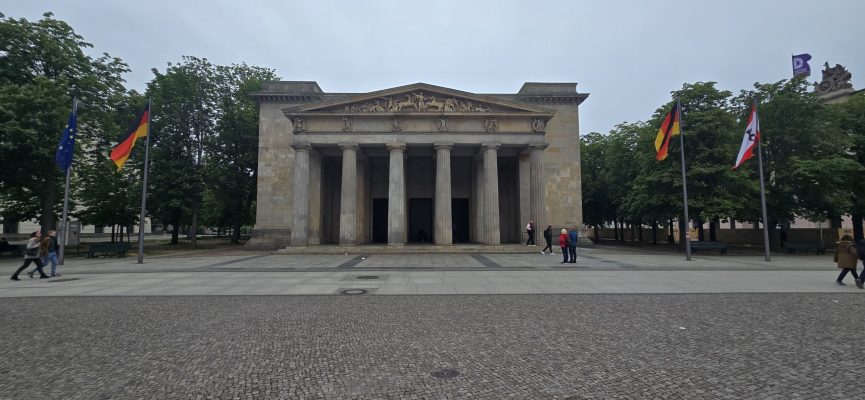
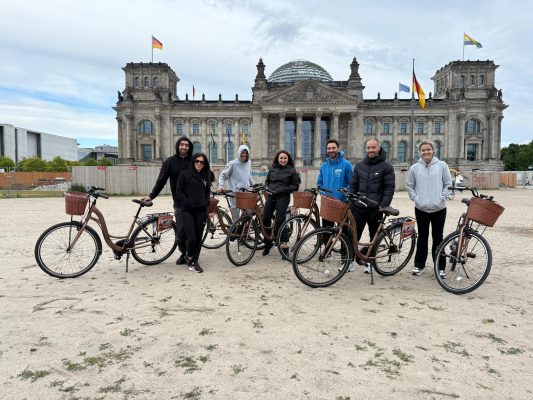
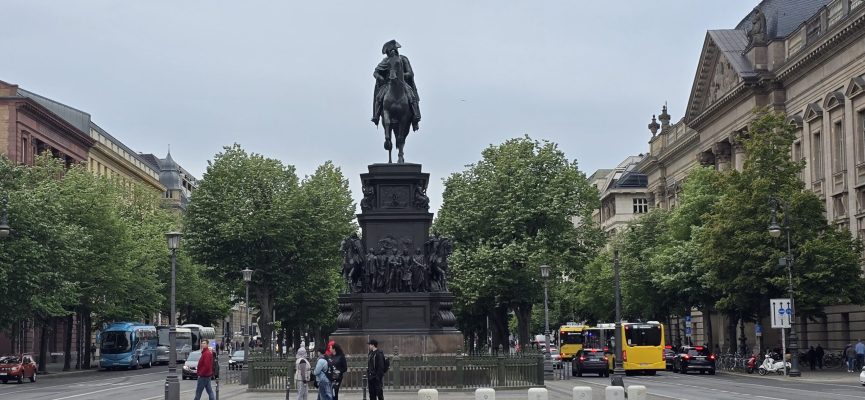
Duration
3.5 Hours
Max. People
13
Meeting Point
Lindenstraße 28, 10969 Berlin
Overview
Discover Berlin together with others – by bike, in 3.5 hours, with a guide.
This public bike tour through Berlin takes you to the most famous landmarks of the capital, through expansive parks, historic sites, and vibrant urban neighborhoods full of life.
Whether it’s the Brandenburg Gate, Gendarmenmarkt, or the banks of the Spree – you’ll experience the city up close and actively.
Our experienced guides not only share historical context but also show you a side of Berlin beyond the typical tourist routes.
This tour is perfect for solo travelers, friends, couples, or small groups who want to explore Berlin together in an open group – actively and on the move.
Tour Highlights
-
Public Bike Tour Berlin (3.5 Hours)
-
A city tour by bike to Berlin’s top highlights and hidden gems.
-
A combination of history, urban life, and authentic Berlin flair.
-
Public group tour – ideal for spontaneous Berlin visitors or solo travelers.
-
Included/Excluded
- Rental Bike
- Bike Helmet
Tourplan
Lindenstraße 28, 10969 Berlin
Checkpoint Charlie was the name given by the Western Allies to the most famous border crossing at the Berlin Wall between East and West Berlin during the Cold War and became a symbol of the Cold War, representing the division between East and West.
The Topography of Terror is a historical open-air and indoor museum in Berlin. It is located in Niederkirchnerstraße, formerly Prinz-Albrecht-Straße, on the site of buildings that housed the Reich Security Main Office of the SS, the headquarters of the Security Police, the SD, the Einsatzgruppen and the Gestapo during the Nazi regime from 1933 to 1945.
Potsdamer Platz is a public square and traffic junction in the center of Berlin, about 1 km south of the Brandenburg Gate and the Reichstag and near the south-eastern corner of the Tiergarten.
The Führerbunker was the name given to two of the underground air raid shelters in Berlin that served as Adolf Hitler's headquarters during the final weeks of the Nazi state. Hitler committed suicide in the Führerbunker.
The Memorial to the Murdered Jews of Europe, or Holocaust Memorial for short, in the historic center of Berlin commemorates the approximately six million Jews who were murdered under the rule of Adolf Hitler and the National Socialists.
The central district of Tiergarten is known for the huge park of the same name, which is home to Berlin Zoo, the Victory Column with its winged statue and the lively Café am Neuen See.
The Victory Column on the Großer Stern in the Großer Tiergarten is one of Germany's most important national monuments and one of Berlin's most important sights. Built between 1864 and 1873 by Heinrich Strack on Königsplatz to commemorate the Wars of Unification, it was moved to its current location between 1938 and 1939 together with the monuments to Bismarck, Roon and Moltke.
Bellevue Castle (French for beautiful view) is a listed building at Spreeweg 1 in the Tiergarten district of Berlin. It is located on the northern edge of the Großer Tiergarten between the River Spree and the Victory Column.
The Spreeufer is a beautiful path along the Spree, which is always a pleasure to walk along. The Spreehufer takes you to the beautiful Nikolai quarter of Berlin, the most beautiful area of Berlin. It is wonderful to view the beautiful buildings from the fantastic riverside vantage point. It's a very photogenic walk that you should definitely check out if you're planning a vacation in Berlin or the surrounding area.
The Reichstag building (colloquially: Reichstag; officially: Reichstag building plenary area; unofficially also Bundestag or Wallot building) on Platz der Republik in Berlin has been the seat of the German Bundestag since 1999. Since 1994, the Federal Assembly has also met here to elect the German Federal President.
The Brandenburg Gate is a neoclassical monument from the 18th century in Berlin. It is one of Germany's most famous landmarks and was erected on the site of a former city gate that marked the beginning of the road from Berlin to Brandenburg an der Havel, the former capital of the Margraviate of Brandenburg.
The Museum Island is an ensemble of five museums in the northern part of the Spree Island in the historic center of Berlin. It is one of the most important sights in the German capital and one of the most important museum complexes in Europe.
The Nikolai Viertel in Berlin's Mitte district is the oldest residential area in the capital. Almost completely destroyed during the Second World War, it was rebuilt in 1980-1987 under the direction of architect Günter Stahn on behalf of the East Berlin magistrate to mark the city's 750th anniversary.
Bebelplatz (colloquially: Opernplatz) is a square named after the German social democrat August Bebel (1840-1913) in the Mitte district of Berlin. It was built from 1740 by order of Frederick the Great according to plans by Georg Wenzeslaus von Knobelsdorff in the Rococo style as part of the Forum Fridericianum.
Gendarmenmarkt is a square named after the Gens d'armes cuirassier regiment that was originally based here in Berlin's Mitte district of the same name. Created during the expansion of the city in 1688, it was destroyed during the Second World War and rebuilt between 1976 and 1993.
